If you adore music, it’s natural to ponder the foundational instruments in a modern band. Whether an experienced musician or an enthusiastic listener, familiarizing yourself with these staples of contemporary bands can enhance your appreciation for popular music. This post will uncover some essential instruments featured in most current bands. Let us show you the secrets behind all your favorite sounds, from electric guitars to drum kits! So, take a seat and get ready for an exploration of today’s musical masterpieces. Prepare yourself to experience the incredible power that music can have over our emotions.
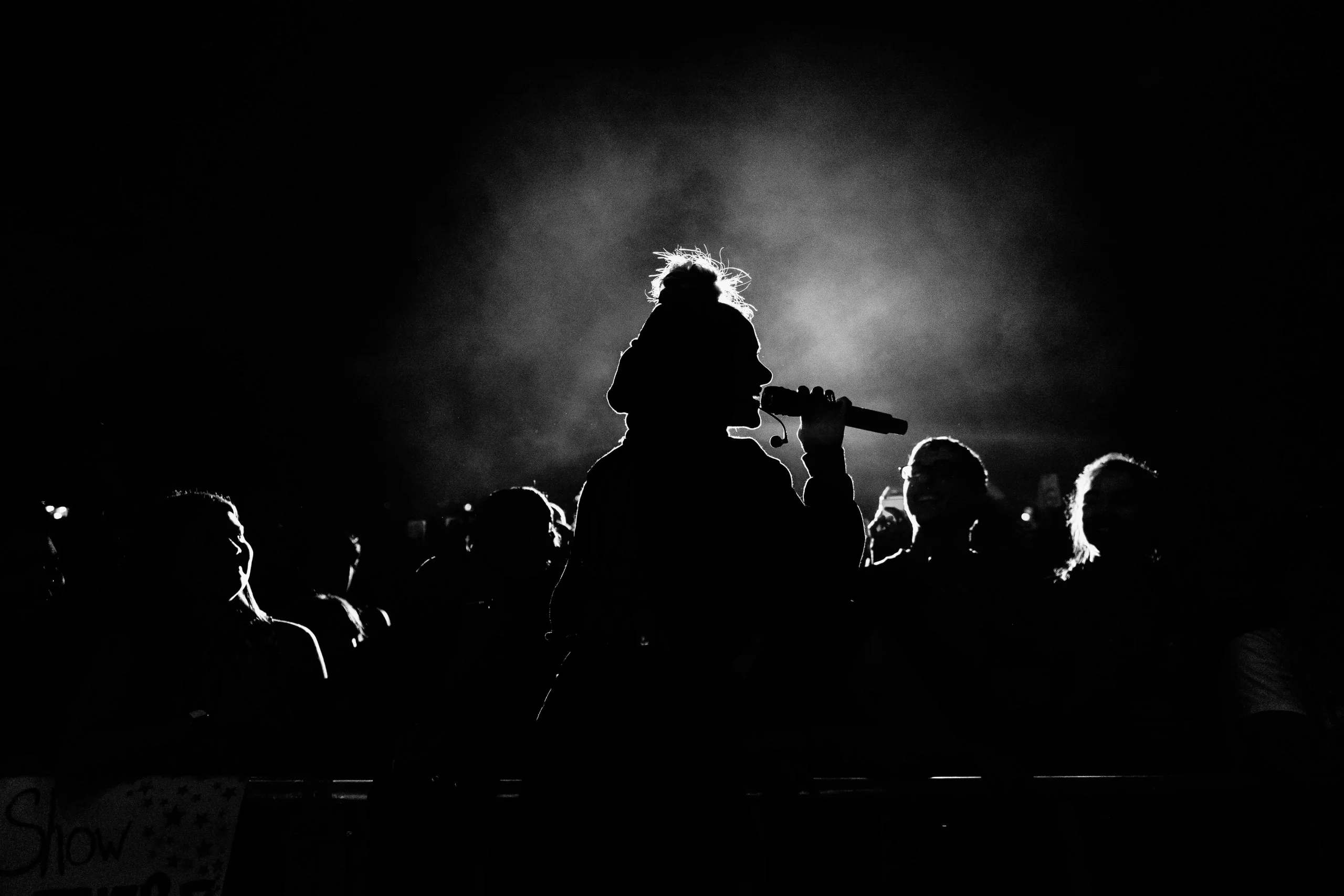
Vocals
When you think of a band, you likely think of a group playing instruments together. But what is the one thing that makes music come alive? The answer is vocals. A band can’t be complete without someone singing or rapping.
The Role of Vocals
Vocals are essential to any band because they provide the lyrics and melodies that drive the song. The vocals typically come from either one vocalist (lead singer) or multiple vocalists (backing singers). The lead singer is usually responsible for carrying the melody and has the most important role in expressing emotion and conveying the message behind the song. Backing singers support and add depth to the lead singer’s performance, often providing harmony and additional strength to help drive home the points of the song.
Types Of Vocals
When it comes to vocals, many different types can be used depending on what kind of sound you’re trying to achieve with your band’s music. These include rap, melodic singing, spoken word, and even scatting (a type of vocal improvisation). Each type of vocal requires a different approach to recording, mixing, mastering, and performing live. However, all types require practice to sound their best on stage or in the studio.
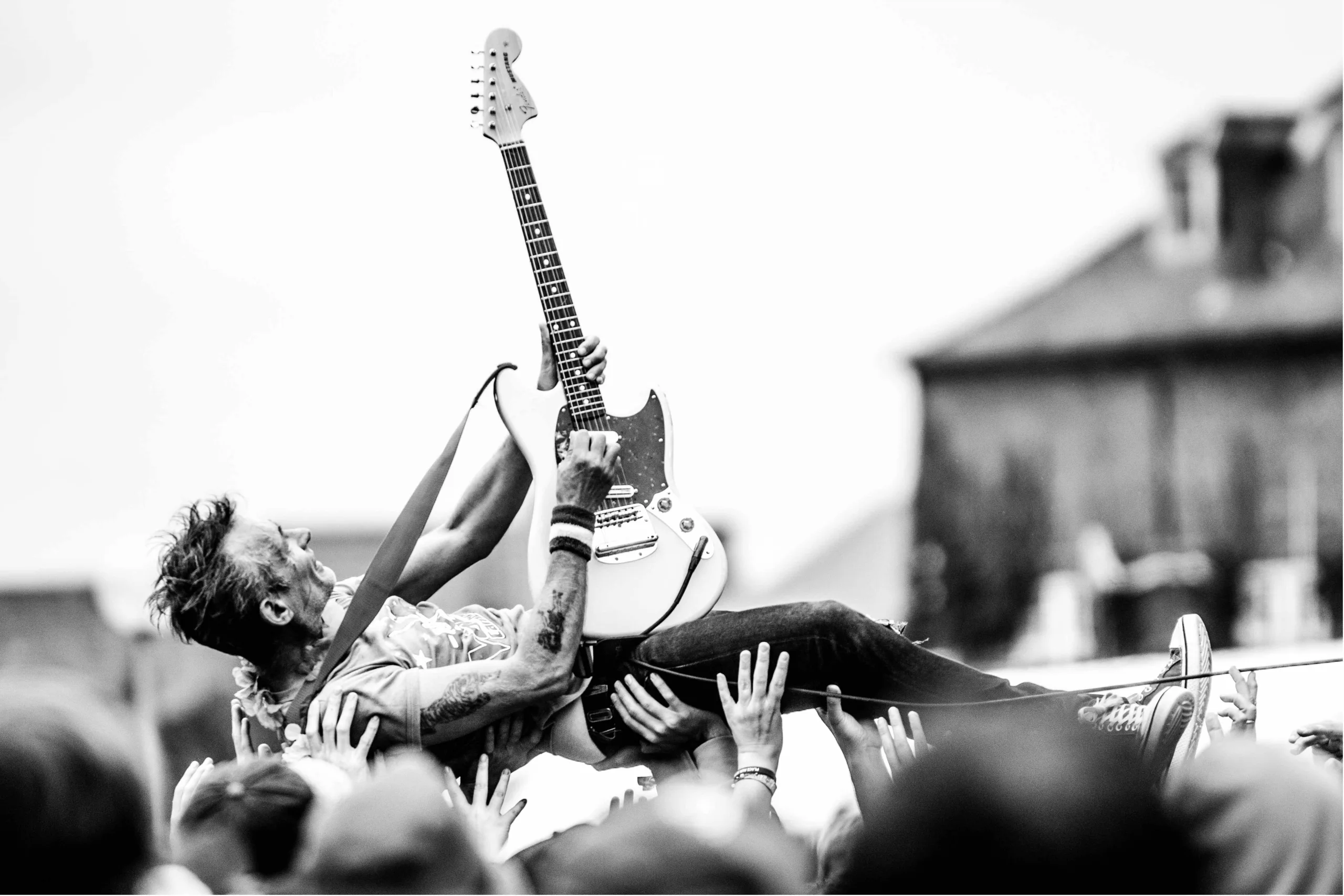
Guitar
For the amateur or even just curious music enthusiast, it is never too late to pick up a guitar and put one’s fingers to work. With numerous sounds and techniques that can be used to bring life into any style of music, the guitar is an incredibly versatile instrument for musicians of all levels.
Types of Guitars
Before you can start playing, you must decide which type of guitar is right for you. There are two main types: acoustic and electric. Acoustic guitars don’t need to be plugged into anything, so they are often used in unplugged environments like singer-songwriter performances in coffee shops or on a porch. Electric guitars require an amplifier, more suitable for performances in larger venues and environments with sound systems already set up.
Playing Techniques
Compared to other stringed instruments, the guitar is one of a kind due to its dual pickup set (rhythm and lead), along with an array of techniques that can be used for both rhythmic and lead playing. Rhythm players might incorporate chords, arpeggios, strumming styles, or fingerpicking, while leads may include single melody notes, solos featuring bends and vibratos, plus hammer-ons/pull-offs combined with slides. On top of these conventional methods, certain effects pedals, such as distortion or delay, provide even more creative potential!
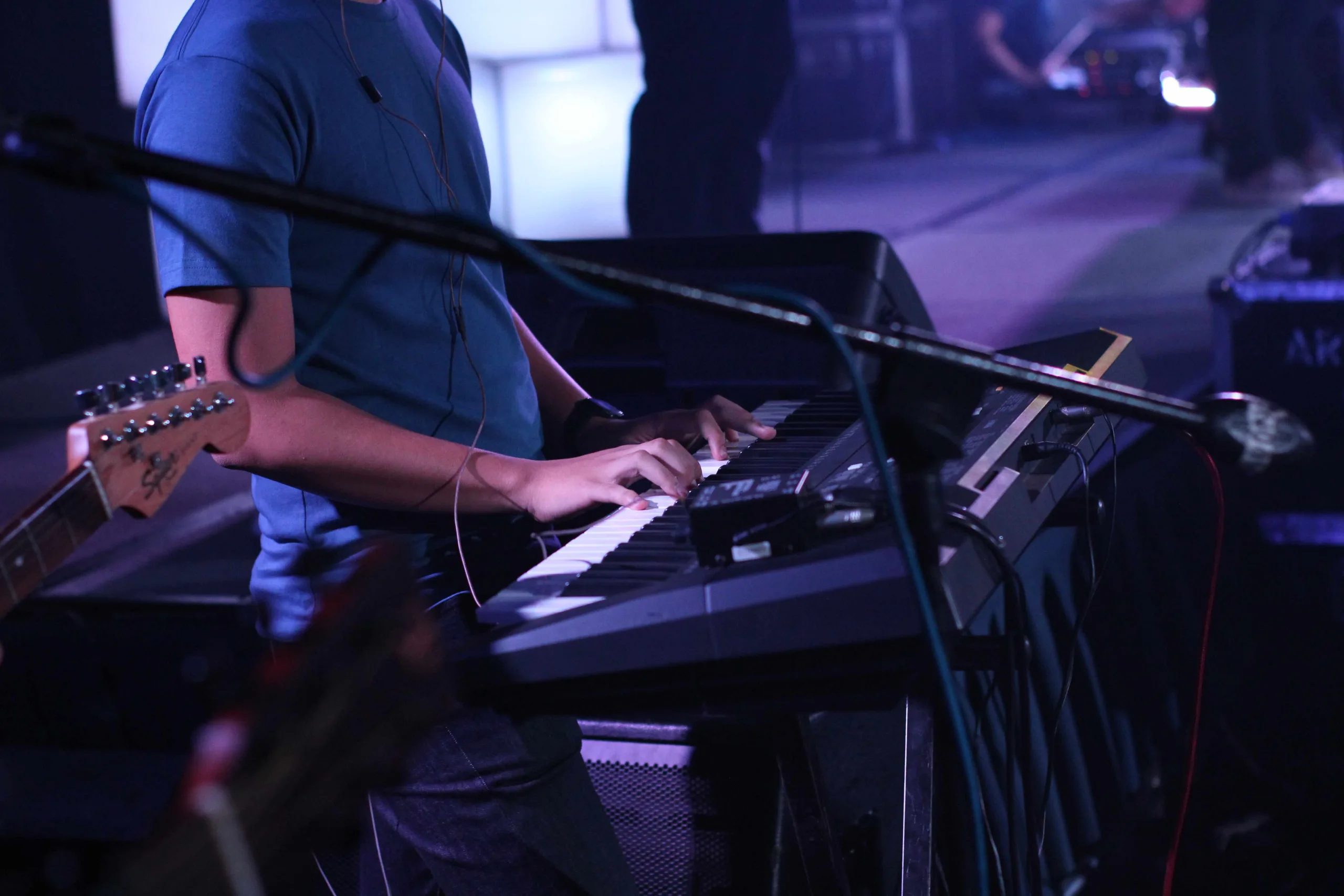
Piano/Keyboards
Pianos and keyboards are incredibly versatile instruments that can create various sounds. Whether you’re a newbie or an experienced musician, the piano/keyboard is an instrument you can use to make great music.
Types of Keyboards
The two main types of keyboards are digital and acoustic pianos. Digital pianos are smaller than acoustic pianos and typically feature weighted keys that mimic the feel of a real piano. Digital pianos also come with various sounds, such as electric pianos, organs, strings, etc., which allow for more creative expression. On the other hand, acoustic pianos are traditional instruments that generate sound acoustically without any digital processing. They range from small upright models to full-size grand pianos and offer a richer tone than digital versions.
Uses for Keyboards
Pianos and keyboards are instrumental mainstays for many genres of music. Acoustic pianos offer a traditional, rich tone perfect for classical, jazz, and blues compositions. Digital keyboards have sound design capabilities, making them great for creating pop hits on the fly! Whether you prefer playing chords, melodies, or bass lines – both digital and acoustic options provide limitless possibilities to explore any musical style imaginable.
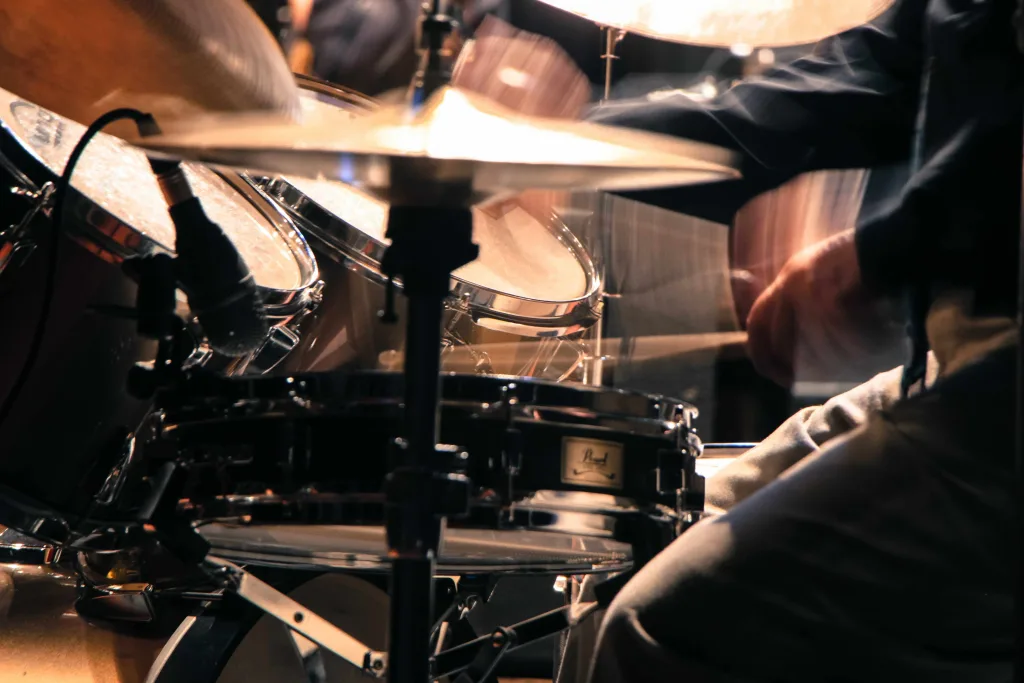
Drums
Drums have been a part of music for centuries, arguably one of the most important elements of any popular music band. A drum kit typically consists of five drums: kick drum, snare drum, hi-hat cymbal, crash cymbal, and tom-tom drums. Drummers use these instruments to keep time while playing complicated patterns that help drive the rest of the song forward.
The Role of Drums in Music
Drums provide the rhythm for any song. They can be used to add an underlying beat that helps move the song along and keeps it from becoming monotonous or stale. Without drums, songs lack energy and feel more like spoken words than music. The beats created by a drummer also help create a certain mood or atmosphere for the listener. For example, faster tempos usually create excitement, while slower tempos provide a calming effect.
Types Of Drums
A standard drum kit usually consists of five drums: kick drum, snare drum, hi-hat cymbal, crash cymbal, and tom-tom drums. Each of these drums serves its purpose of creating a full sound. The kick drum provides steady beats, which help keep time for the rest of the band, while the snare drum provides a sharp sound that adds rhythm and texture to a song. Hi-hat cymbals create a chimney sound when played together, while crash cymbals create a louder sound that can add intensity to certain sections of songs. Finally, tom-toms are used to provide accents and fill throughout songs.
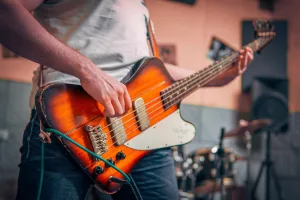
Bass Guitar
Bass guitars are an important part of any band. They provide low-end frequency support for any song, giving it depth and richness. Bass guitars usually have four strings tuned one octave lower than regular guitars, allowing for a wider range of notes that can add to the song’s sound.
The Role of the Bass Guitarist in the Band
The role of a bass guitarist in a band is often underestimated, but they are just as important as any other musician. A good bassist provides the foundation and rhythm section for any piece of music by setting up and maintaining a solid beat throughout each song. Without this strong foundation, many songs lack structure and sound incomplete. It is especially true in genres such as funk, where intricate bass lines help create the groove and keep listeners engaged with the music. Additionally, some bassists will solo during certain sections of the song, adding melodic notes that can enhance its sound even further.
Bass Guitar Techniques
Bass guitarists can use several techniques to achieve different sounds depending on what genre they’re playing in. Slap-and-pop, fingerpicking, hammer-ons/pull-offs, and tapping are popular techniques modern bass guitarists use to create interesting effects on their instruments. These techniques allow them to play faster passages that may otherwise be impossible with just their fingers alone or add unique rhythms that fill out the soundscape created by other instruments in the band.
With this overview of some essential instruments in today’s popular bands, you should better understand how each instrument contributes to creating unique sounds! From vocals to keyboards, these tools create unique sounds that blend perfectly when properly utilized by skilled musicians! We hope this guide has given you insight into how diverse, yet unified popular music can be! Pick up an instrument today and start making your unique tunes!


